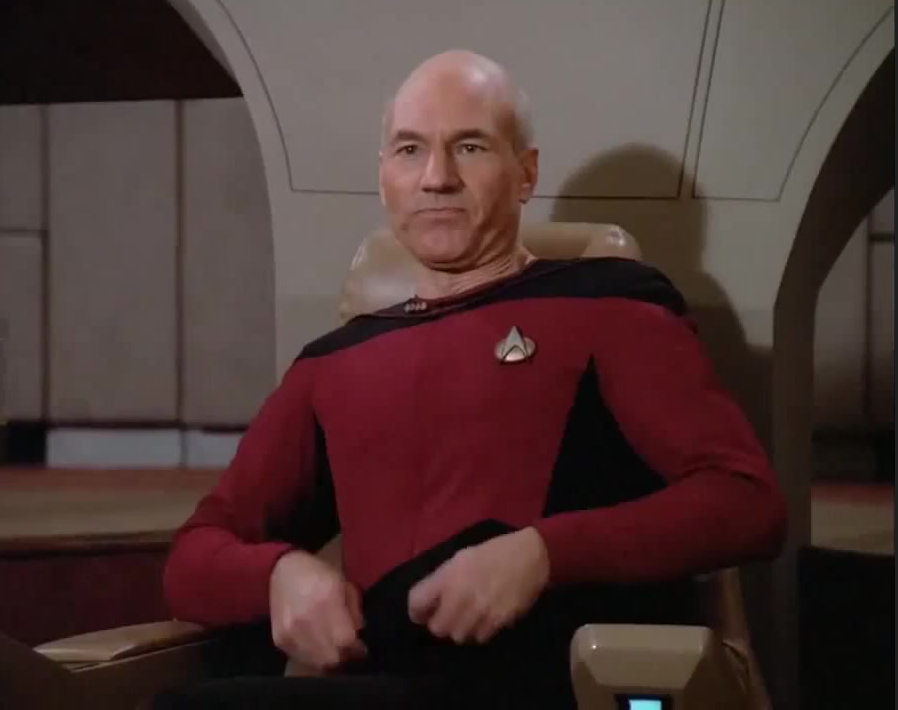I’ve been casually enjoying chess off and on for the past year, and while I can tell that I’m improving, I think I need to get faster at calculating. I play mostly Daily games (1300-something currently) and am a puzzle fiend, but I find myself getting into time-trouble constantly when I play games with actual time controls.
I want to get comfortable with blitz, but I feel like I’m not learning as much because I’m just scrambling to get (often terrible) moves out in time. I tried puzzle battle for the first time recently too, and even though my regular puzzle rating is 2500, I’m frequently losing on time once the puzzles get to 1000+ (my avg time per puzzle is usually 0:06-0:08 at the end).
I suspect the answer is just going to be to play more with time controls, but I’m curious if anyone here has found any practice tips that have helped them personally.


Personally, I find blitz is less about pure tactics, and more about making and enforcing a plan, and then the tactics stem from that. A lot of new blitz players will get into the middlegame and not really know what they should be looking for, especially when there simply aren’t any tactics in the position, and that’s where having an opening you know the rough middlegame plans for comes in handy.
For me, as black I play the Pirc or the Czech Benoni. Generally, I know that I’m going to be pushing on the kingside once I’ve closed the position, so I go into it having a clear plan and largely sticking to it. If I blitz those moves out, then suddenly I have more time when I get to the critical position.
I’d compare it to a set play in a sport (e.g. rugby, or American football). The attackers have rehearsed a move to break open the defense and gain an advantage (opening/middlegame strategy), but also need the ability to improvise when they spot a defensive error (tactics), which they can then convert into a score (endgame)
Hopefully that makes sense – feel free to ask if I’ve been unclear.
So basically I might be faster if I take some time to learn more opening theory… That makes sense.
Sort of – it’s more middlegame than opening. That is, more understanding the pawn structure and what it’s aiming for. Daniel Naroditsky is a good youtuber to watch to get a flavour of these kinds of ideas.
I’ll check out his channel, thanks!